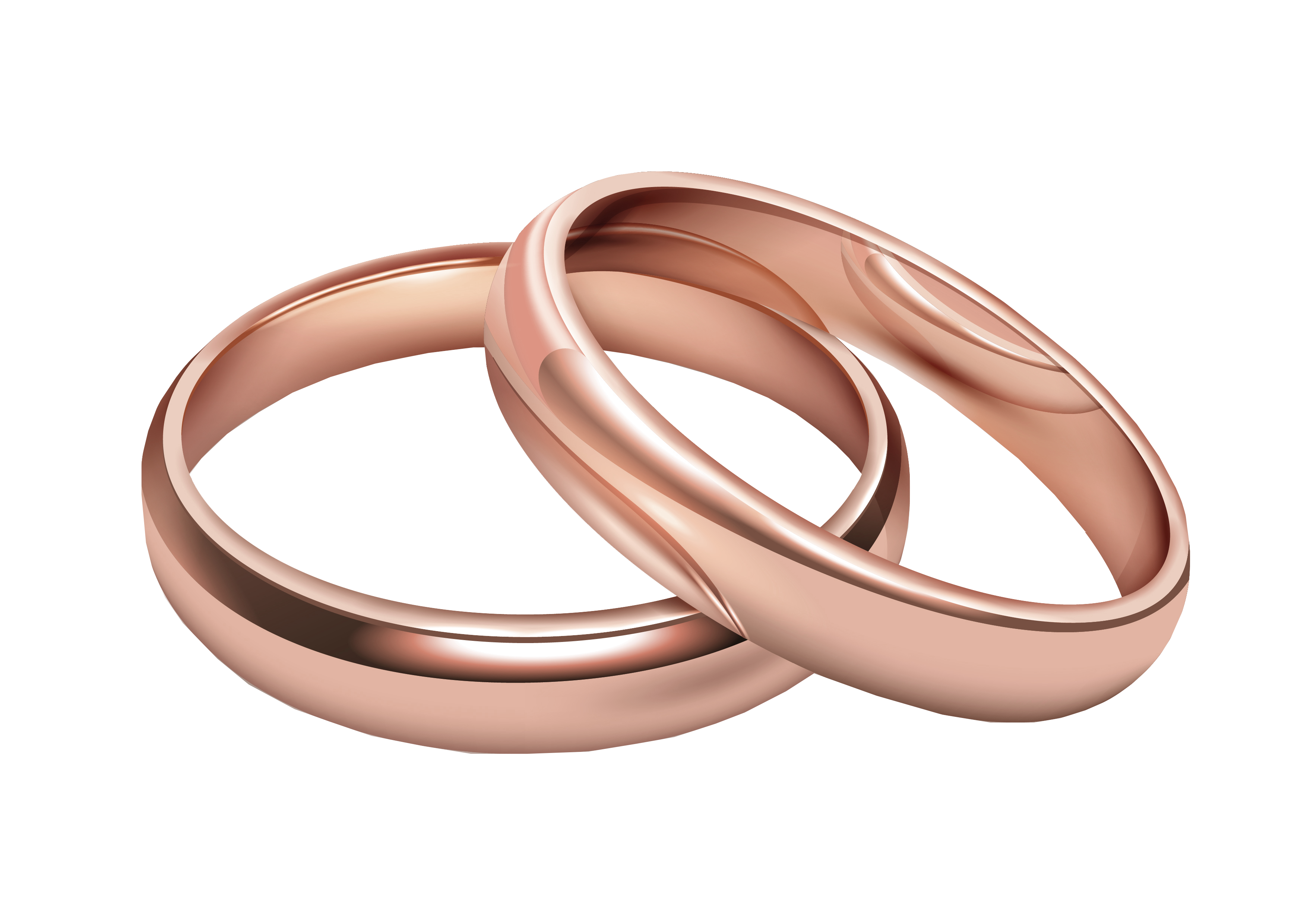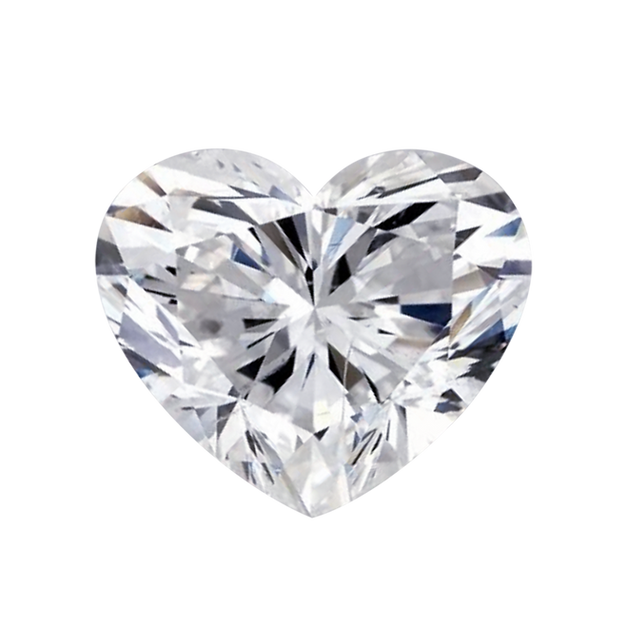Tel: 35007162
Mon-Fri:10am-6pm
Room 3206, 32/F, Kimberland Centre, 55 Wing Hong Street, Lai Chi Kok, Kowloon
Store Location




Explore the exquisite selection of lab-grown round diamonds ranging from 0.30 to 0.99 carats, meticulously presented by Mount Tisé. Each diamond is a perfect embodiment of precision and eco-friendly principles. From the captivating sparkle of the 0.3-carat, the elegant and popular 0.5-carat choice, to the nearly 1-carat brilliance of the 0.9-carat, these lab-grown diamonds shine as brilliantly as natural diamonds, while attracting every eco-conscious pioneer with their sustainable beauty.
0.30 - 0.99ct Round Cut Lab Grown Diamonds
EXPLORE DIAMONDS
FAQ
About 0.30-0.99ct Round Cut Lab Grown Diamonds
Within the 0.3 to 0.99 carat range, a 0.5 carat diamond is particularly well-suited for everyday wear due to its moderate size and elegant appearance. Here’s why it stands out:
1. 0.5 Carats:
A 0.5 carat diamond strikes a perfect balance between being noticeable yet not overly flashy, adding a touch of understated luxury to daily outfits.
Its size is appropriate for various settings, from casual to professional environments, making it a versatile choice for everyday wear.
2. 0.3 to 0.5 Carats:
Comfort and Practicality: Diamonds in the 0.3 to 0.5 carat range are small enough to be comfortable and unobtrusive, ideal for those who lead an active lifestyle or work in environments where larger diamonds might be impractical.
These smaller diamonds provide a delicate and refined look, complementing a wide range of styles and outfits without overpowering them.
In summary, diamonds between 0.3 and 0.5 carats, particularly around the 0.5 carat mark, are perfect for everyday wear, providing a balance of elegance, comfort, and practicality.
When choosing the appropriate carat size for an engagement ring diamond within the 0.3 to 0.99 carat range, consider your budget, the overall quality of the diamond (the 4Cs: Cut, Colour, Clarity, and Carat), the ring design, and the wearer's hand shape. The most popular carat sizes typically include 0.5 carats, 0.7 carats, and 0.9 carats:
1. 0.5 Carats:
This size is a favourite for many engagement rings because it offers a relatively affordable option while still providing a noticeable presence.
0.5 carats is often seen as an "ideal" size, striking a balance between being neither too extravagant nor too small.
2. 0.7 Carats:
A 0.7 carat diamond is a great middle ground between half a carat and one carat. It appears larger than a 0.5 carat diamond but does not typically see the same steep price increase as diamonds closer to one carat.
It is a preferred choice for those seeking a larger diamond within a budget, providing a significant visual impact without the cost associated with higher carat weights.
3. 0.9 Carats:
Viewed as an economical alternative to a full one-carat diamond. Since diamond prices jump significantly at the one-carat mark, a 0.9 carat diamond can offer nearly the same look and feel at a lower price.
Ideal for buyers who desire a diamond close to one carat in size but want to avoid the higher cost associated with the one-carat threshold.
By carefully considering these factors, you can select a diamond size that not only fits your budget but also meets your expectations for appearance and impact.
To determine the authenticity of lab-grown diamonds, the following steps can be taken:
1. Certification: Look for certification from reputable organisations such as the Gemological Institute of America (GIA) or the International Gemological Institute (IGI). These certificates provide detailed information about the diamond's characteristics and confirm its lab-grown origin.
2. Professional Instruments: Use specialised equipment like spectrometers to examine the internal structure patterns or ultraviolet light to detect subtle differences between lab-grown and natural diamonds. These tools can identify the unique growth patterns and inclusions specific to lab-grown diamonds.
3. Laser Inscriptions: Many lab-grown diamonds are marked with specific inscriptions, often done with lasers, to indicate their origin. These inscriptions, typically microscopic, can include a unique serial number or text indicating the diamond's lab-grown status.
4. Reliable Suppliers: Purchase from reputable suppliers who provide comprehensive certification and documentation. Ensuring the supplier's credibility can significantly reduce the risk of acquiring misrepresented diamonds.
By following these steps and relying on professional evaluations, you can confidently verify the authenticity of lab diamonds.
Lab created diamonds often match or even exceed the quality of natural diamonds. This is due to the precise control of conditions in a laboratory setting, which significantly reduces the inclusion of impurities, ensuring superior purity and colour consistency. While natural diamonds, formed over billions of years deep within the Earth, may contain natural flaws and inclusions, lab diamonds benefit from their controlled manufacturing environment. This results in higher clarity and better cut quality, offering an option that can surpass traditional natural diamonds in both visual and technical aspects.
Lab-grown diamonds are synthetic diamonds created under controlled laboratory conditions. This process replicates the natural conditions under which diamonds are formed within the Earth, primarily using either High-Temperature High-Pressure (HTHP) or Chemical Vapor Deposition (CVD) techniques.
High-Temperature High-Pressure (HTHP): In this method, carbon is subjected to high temperatures and pressures that simulate the conditions in the Earth's crust, converting carbon into diamond.
Chemical Vapor Deposition (CVD): In this method, a gas mixture is decomposed, allowing carbon atoms to deposit onto a substrate, gradually forming a diamond.
Both techniques produce lab-grown diamonds with the same structure and optical properties as natural diamonds, offering high-quality and affordable options.
Lab grown diamonds, also known as synthetic diamonds or laboratory diamonds, are gemstones scientifically synthesised under controlled conditions, possessing the same chemical structure and physical properties as natural diamonds. Unlike natural diamonds, which are formed over billions of years within the Earth's crust, lab created diamonds are created through a faster, more environmentally friendly process. They are also relatively more affordable and ensure conflict-free products. Although indistinguishable in appearance and molecular structure from natural diamonds, lab-grown diamonds offer a more sustainable and economical option.

Make a Reservation
We invite you to explore the world of Mount Tisé. Begin your exquisite jewellery experience today! Whether you prefer to visit us in-store for a personal fitting or seek an online consultation, our expert jewellery specialists are here to answer all your questions, offer professional advice, and recommend the perfect pieces tailored to your story and taste. Book now and start crafting your unique jewellery journey.


Choose the ring setting
After selecting your desired loose diamond, the next step is to choose the perfect setting for your precious gemstone. Our diverse range of ring settings, from classic elegance to modern chic, is designed to enhance the brilliance of your main diamond. Discover an array of breathtaking designs that will make your diamond shine even more radiantly in its exclusive setting.
Design your own ring
It's not just about choosing, it's about creating—Mount Tisé offers limitless possibilities for custom-made diamond rings. Whether you bring your own design or let our designers craft a unique ring tailored for you, Mount Tisé can transform your unique vision into an extraordinary custom diamond ring, beautifully showcasing your love story in dazzling jewellery.
Other Diamonds
Shop Diamonds by Shape
Shop Diamonds by Colour

Lab-grown Diamonds
Crafted with advanced technology, Mount Tisé's diamonds exhibit the same brilliance and beauty as natural diamonds. These diamonds are not only more affordable but also embody a commitment to environmental and social responsibility, making them a perfect blend of fashion and sustainability.

Natural Diamonds
Originating from the depths of the Earth and formed over billions of years, these diamonds are not only rare and precious but also imbued with unique stories and the mysteries of nature. Each diamond adds timeless brilliance and pure elegance to your special moments.
Shop Diamonds by Origin
Diamond Carat Weight
Carat weight directly impacts the size and price of a diamond. One carat equals 200 milligrams. As the weight increases, the price grows exponentially because larger-carat diamonds are rarer. Depending on your budget and preferences, you can choose a suitable carat weight that balances the diamond's visual appeal and value.

Swipe to browse

Swipe to browse

Diamond Colour
The colour grade of a diamond ranges from completely colourless (D grade, the highest) to light yellow (Z grade). Diamonds graded D to F are considered colourless, while G to J are nearly colourless, with the colour becoming increasingly noticeable in the lower grades. Generally, the closer a diamond is to being colourless, the more valuable it is. However, diamonds with certain colour grades, such as light yellow, also possess their own unique charm.


Swipe to browse

Diamond Clarity
Clarity refers to the degree of internal and surface imperfections (known as inclusions and blemishes) in a diamond. The clarity scale ranges from Flawless/Internally Flawless (FL/IF) to Included (I1-I3). Diamonds with higher clarity grades have fewer imperfections, making them rarer and more expensive. Lower-clarity diamonds have more noticeable flaws, but they can still display beautiful brilliance in certain settings.
Diamond Cut
The cut determines the diamond's brilliance, or how well it reflects light. A well-cut diamond can maximise light reflection, showcasing a captivating sparkle. Cut grades range from Ideal/Excellent to Poor. A high-quality cut ensures the diamond has unparalleled brilliance, while a poor cut can make the diamond appear dull and lacklustre.

Swipe to browse


Diamond quality certification
Mount Tisé diamonds come with a diamond certification, particularly from the International Gemological Institute (IGI), providing authoritative quality assurance. This certificate details the 4Cs characteristics of your lab-grown diamond - cut, clarity, colour, and carat weight. It not only verifies the diamond's authenticity and value but also ensures that you are purchasing an ethically produced and environmentally friendly gem. With this certification, you can buy with confidence, enjoying a transparent and reliable shopping experience.

The 4Cs Guides for Diamonds
Popular Diamond Ring Styles
Store Location:
Room 3206, 32/F, Kimberland Centre, 55 Wing Hong Street, Lai Chi Kok, Kowloon
Accessories
Rings
占星系列 >
幸運物系列 >
國風系列 >







































































